A pressure sensor is an electronic device that measures the pressure of gasses or liquids so they can be controlled or regulated. Typically acting as a transducer, it produces a signal responding to the applied pressure, converting the physical quantity to an electric charge. In addition to this designation, pressure sensors may be referred to as pressure senders, pressure transducers, pressure indicators, pressure transmitters, piezometers, and manometers. Read More…
GP:50 manufactures pressure transducers & transmitters: industrial, differential, oil & gas, automotive test stand, aerospace, military, high temp. plastics, low-cost OEM, flush diaphragm & sanitary, cryogenic & high temp., and water treatment. Plus, level & temperature transmitters & transducers.
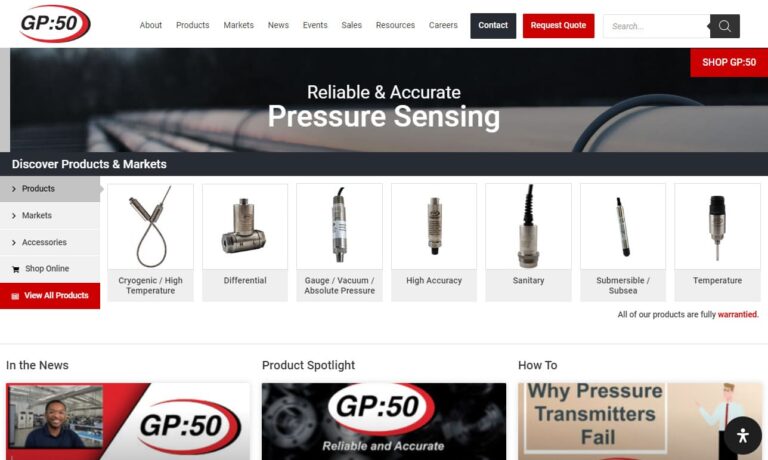
NOSHOK is a manufacturer of pressure transducers: heavy-duty, explosion-proof, non-incendive, intrinsically safe, hall effect, high-accuracy heavy-duty with serial interface, high-volume OEM, thick film sensor and miniature pressure transducers. We have other instrumentation as well.
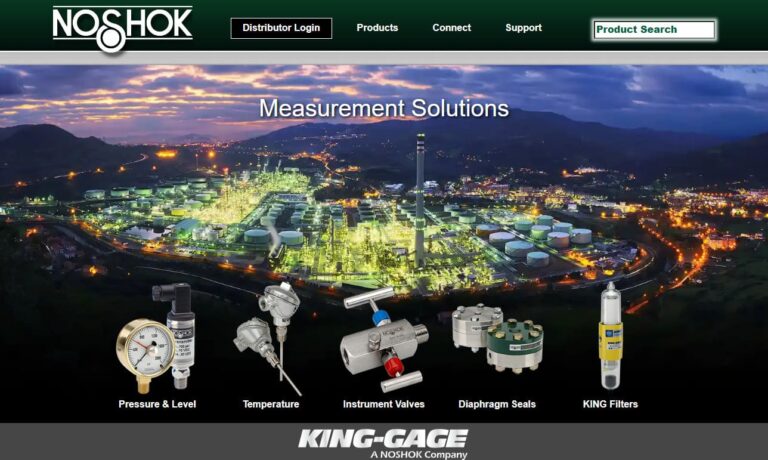
We are proud to offer a wide variety of sensors. We offer photoelectrics such as high temperature photoelectric sensors. We also offer inductive sensors such as high temperature inductive sensors. In the area of capacitive sensors we offer mini capacitive sensors in addition to many other types. We go that extra mile to provide for all your sensor needs.
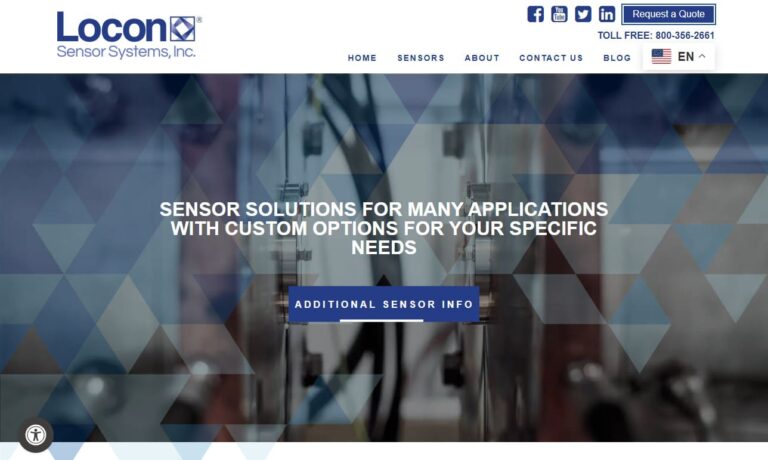
Honeywell offers a broad portfolio of pressure transducers for test and measurement in industrial, automotive/transportation, aerospace, and medical applications Honeywell’s pressure transducers are suited for both high and low temperatures. Products include strain gauge pressure transducers, differential pressure transducers, LVDTs and miniature pressure transducers. Customization is available ...
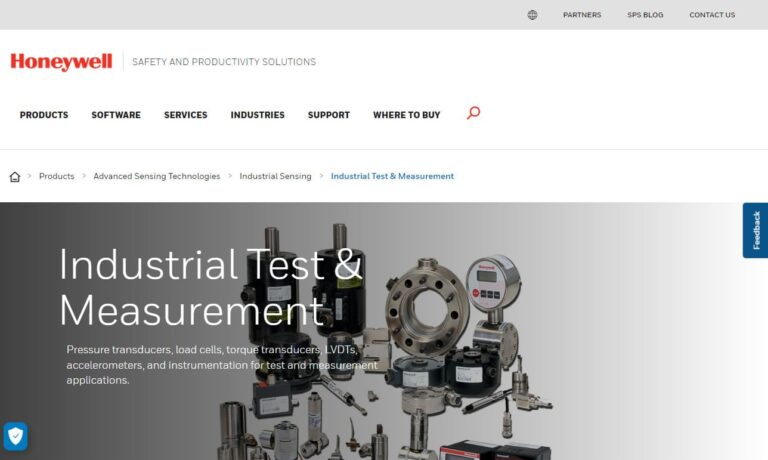
More Pressure Sensor Manufacturers
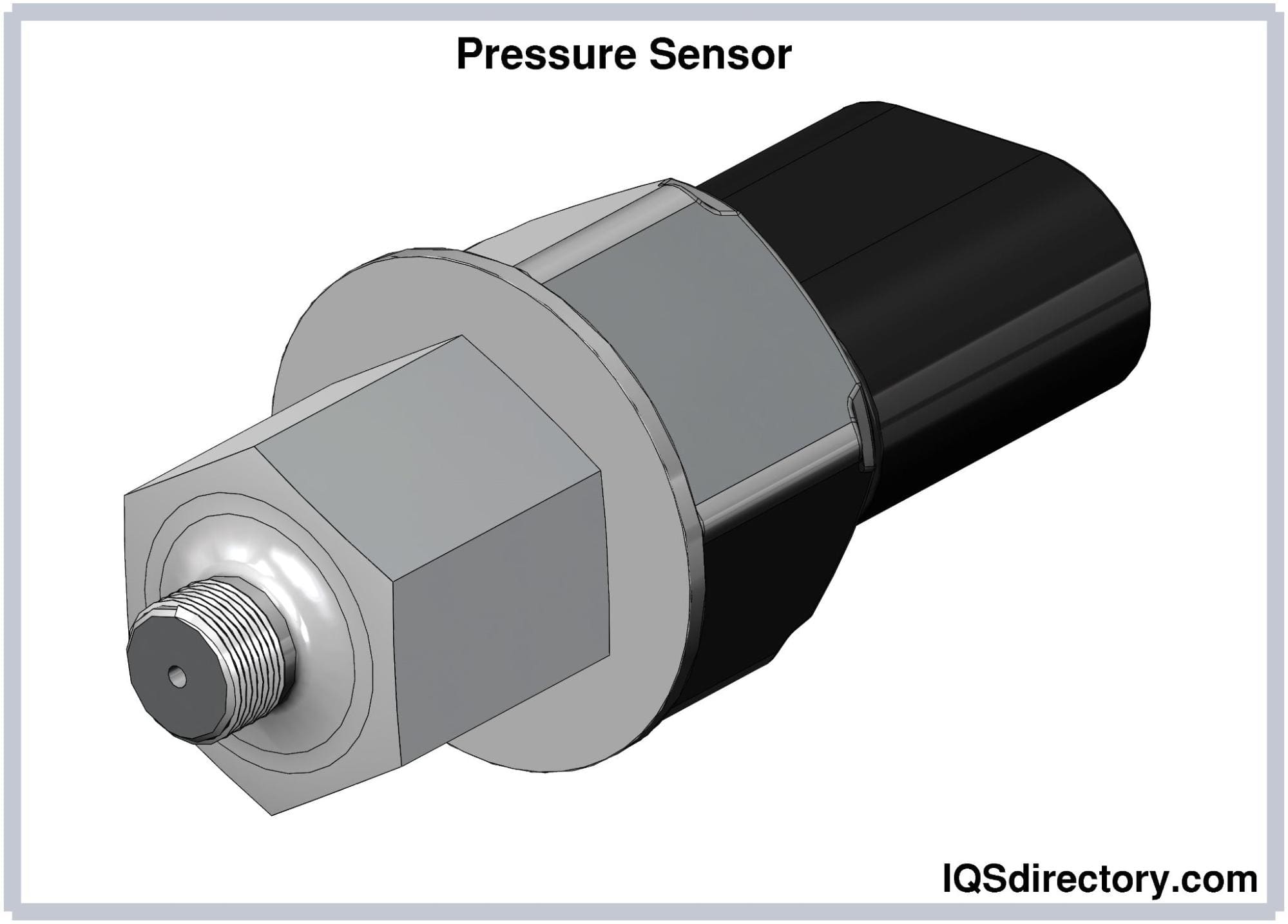
Types of Pressure Sensors
Gauge Pressure Sensors
Sensors that monitor gauge pressure do so in relation to the atmospheric pressure outside. This process indicates that the readings are totally reliant on the air pressure surrounding the sensor. Weather and altitude are other factors that have an impact on it. Positive pressure is defined as the gauge sensor's experience of a pressure higher than atmospheric pressure.
Conversely, it is a negative pressure if the pressure is lower than the atmospheric pressure. A tire pressure gauge is a common tool for measuring gauge pressure; when it reads zero, the measured pressure is the same as the surrounding air pressure. Since the air pressure fluctuation would otherwise be represented as an inaccuracy in the measurement result, most sensors used to measure up to 50 bar are produced in this manner.
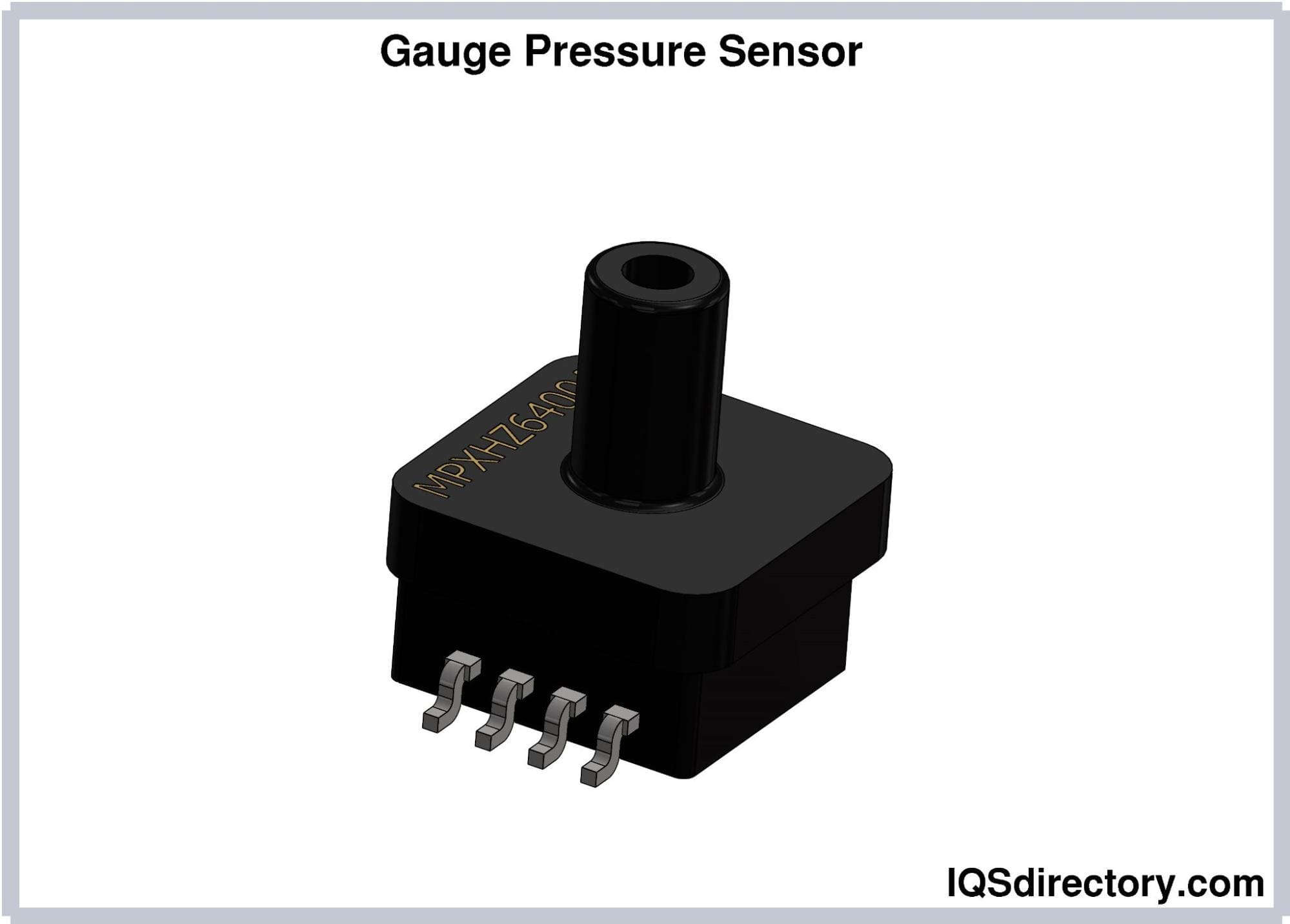
Absolute Pressure Sensors
These devices monitor pressure in relation to absolute zero pressure (or a vacuum). Their observations reference no pressure rather than fluctuating ambient pressure, enabling incredibly accurate pressure measurements. Therefore, absolute pressure sensors are employed when a consistent reference is necessary, such as in high-performance industrial settings for inspecting aircraft or monitoring vacuum pumps, measuring liquid pressure, industrial packaging, and industrial processes.
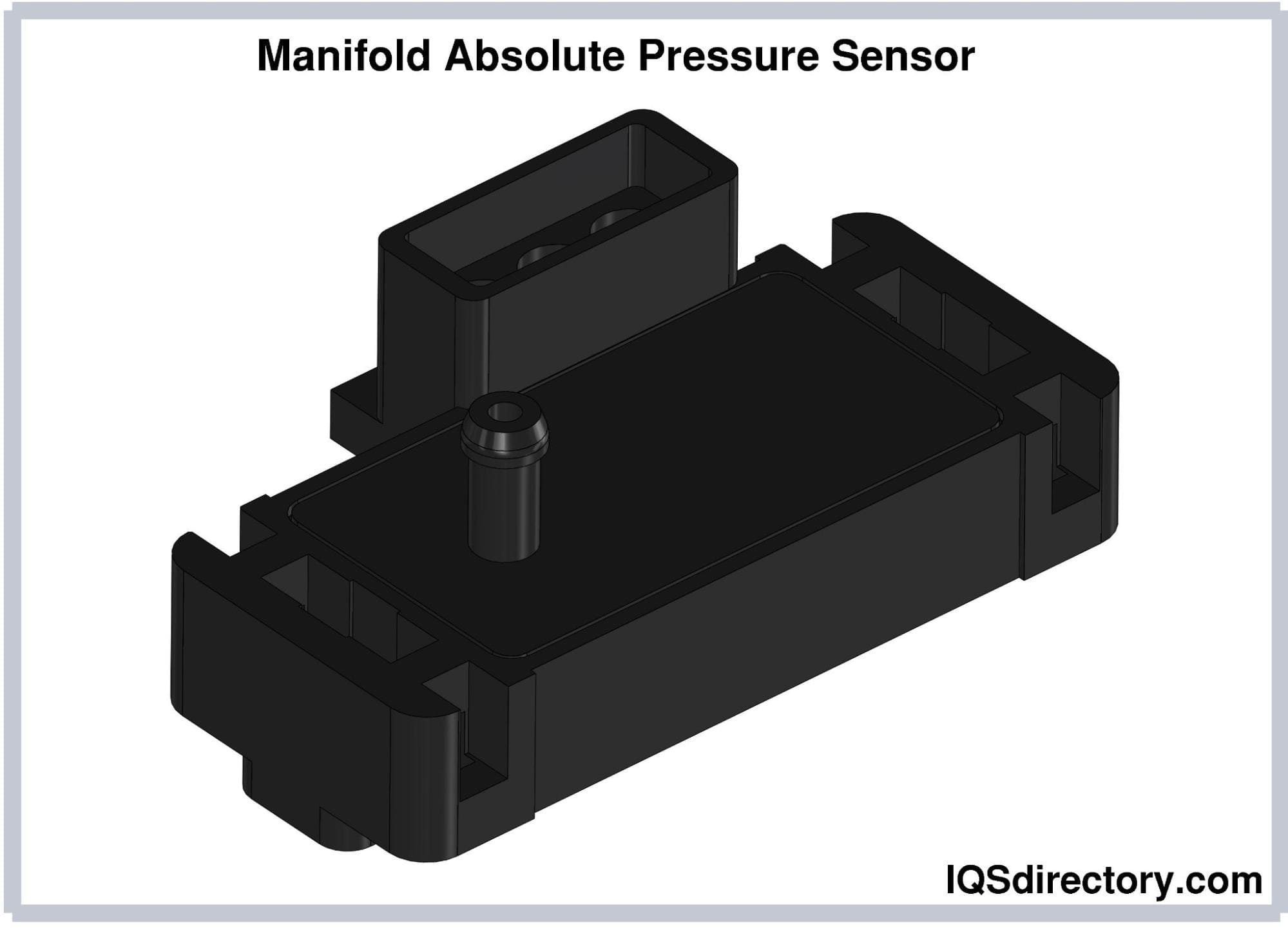
Differential Pressure Sensors
One pressure is contained to each side of this sensor, and the sensor measures the difference between the two pressures. Differential pressure sensors are used to monitor various things, including fluid levels (by comparing the pressure above and below the liquid) and flow rates (by measuring a change in pressure across a restriction).
Technically, most pressure sensors are differential pressure sensors; a gauge pressure sensor, for instance, is simply a differential pressure sensor with one side exposed to the surrounding air. Differential pressure sensors are mostly used to track filtration systems and detect pressure variations in tubes and water mains.
Applications of Pressure Sensors
Many automotive, medical, industrial, consumer, and building systems employ pressure sensors because they require precise and consistent pressure measurements to function dependably.
Vehicle Industry: Hydraulic brakes are a key element of passenger safety in cars. Several intricate parts, including pressure sensors, work together to enable vehicle braking control. These can be used to check the pressure in the braking system's chambers and warn drivers and engine management systems if it drops too low. Systems can malfunction without the driver being aware of it, which can cause a sudden loss of braking effectiveness and accidents if chamber pressure is not measured.
Consumer Applications: Everyday objects that people use, transport, and wear are becoming more intelligent. A better user experience may result by adding a pressure sensor to a consumer product. Take vacuum cleaners as an illustration. They can identify the type of flooring being cleaned and modify settings accordingly by detecting suction changes. They can also alert their owners when a filter needs to be changed.
Medical Industry: Hyperbaric treatment is the process of increasing the air pressure inside a patient-containing sealed chamber. In addition to decompression sickness experienced by divers, it can be beneficial in treating burns, carbon monoxide poisoning, and skin grafts. Correct blood pressure measurement is essential for patient treatment since inaccurate readings might result in a misdiagnosis. Pressure sensors are critical in these situations.
Building Applications: Pressure sensors continue to be crucial in managing our settings as building and home automation technologies gain popularity. One illustration of this is refrigeration systems. In the case of a leak, common HVAC coolants like ammonia can pose a serious risk to individuals. The pressure of the ammonia as it moves through the system is monitored using relative pressure sensors to ensure it stays within safe bounds.
Liquid Industries: In liquid tanks, submersible pressure sensors can monitor liquid pressures (up to 30 psi) with an output of either voltage or current (4-20 mA). These sensors can be placed at the bottom of a tank to accurately read the contents and warn staff members or the process control system when levels in the tank drop below safe levels.
Choosing the Right Pressure Sensor Supplier
To ensure you have the most positive outcome when purchasing pressure sensors from a pressure sensor supplier, it is important to compare several companies using our directory of pressure sensor suppliers. Each pressure sensor supplier has a business profile page highlighting their areas of experience and capabilities, along with a contact form to directly communicate with the supplier for more information or request a quote. Review each pressure sensor business website using our patented website previewer to quickly learn what each company specializes in. Then, use our simple RFQ form to contact multiple pressure sensor companies with the same form.

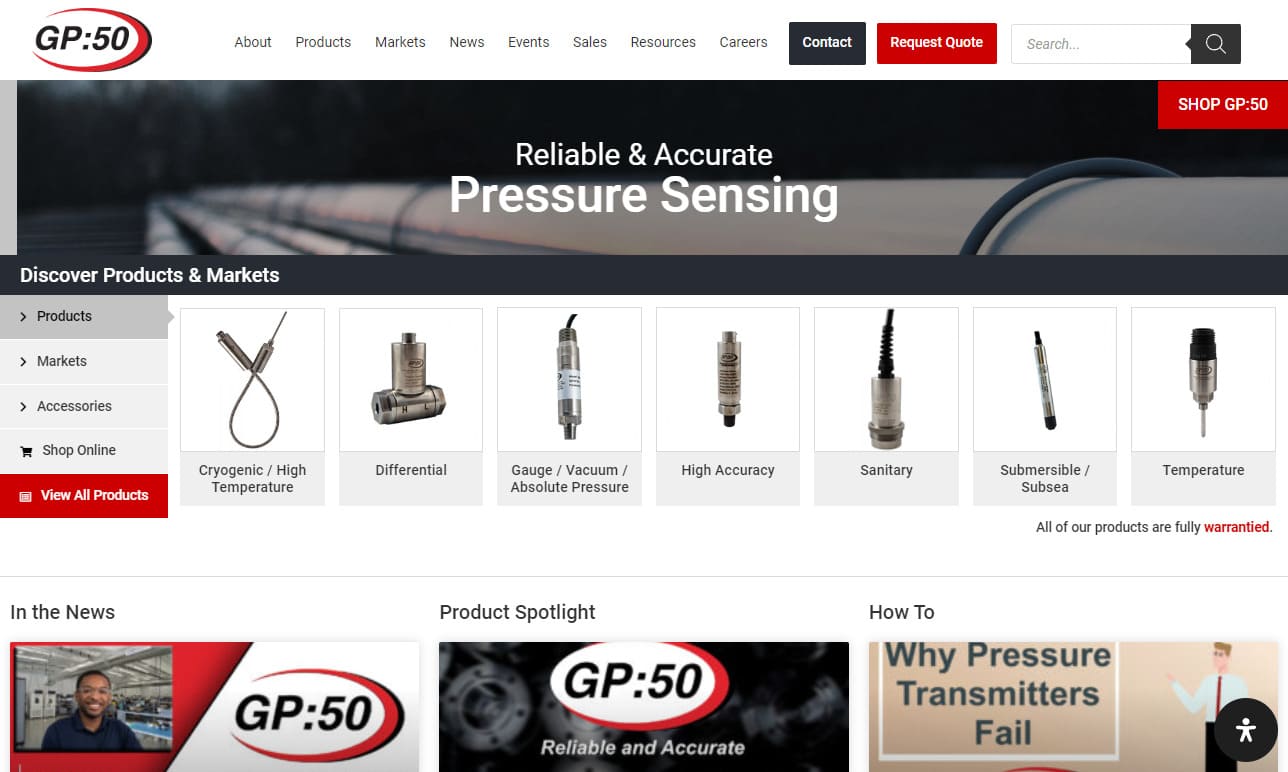
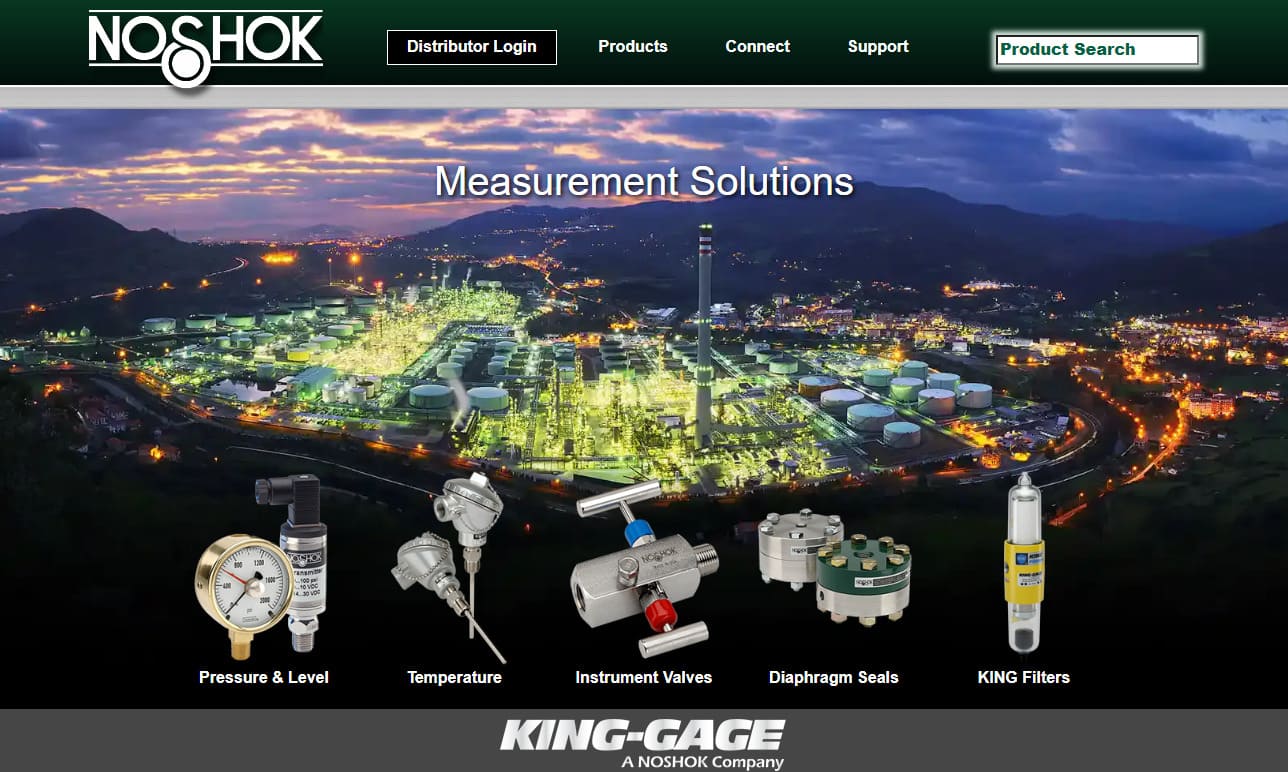
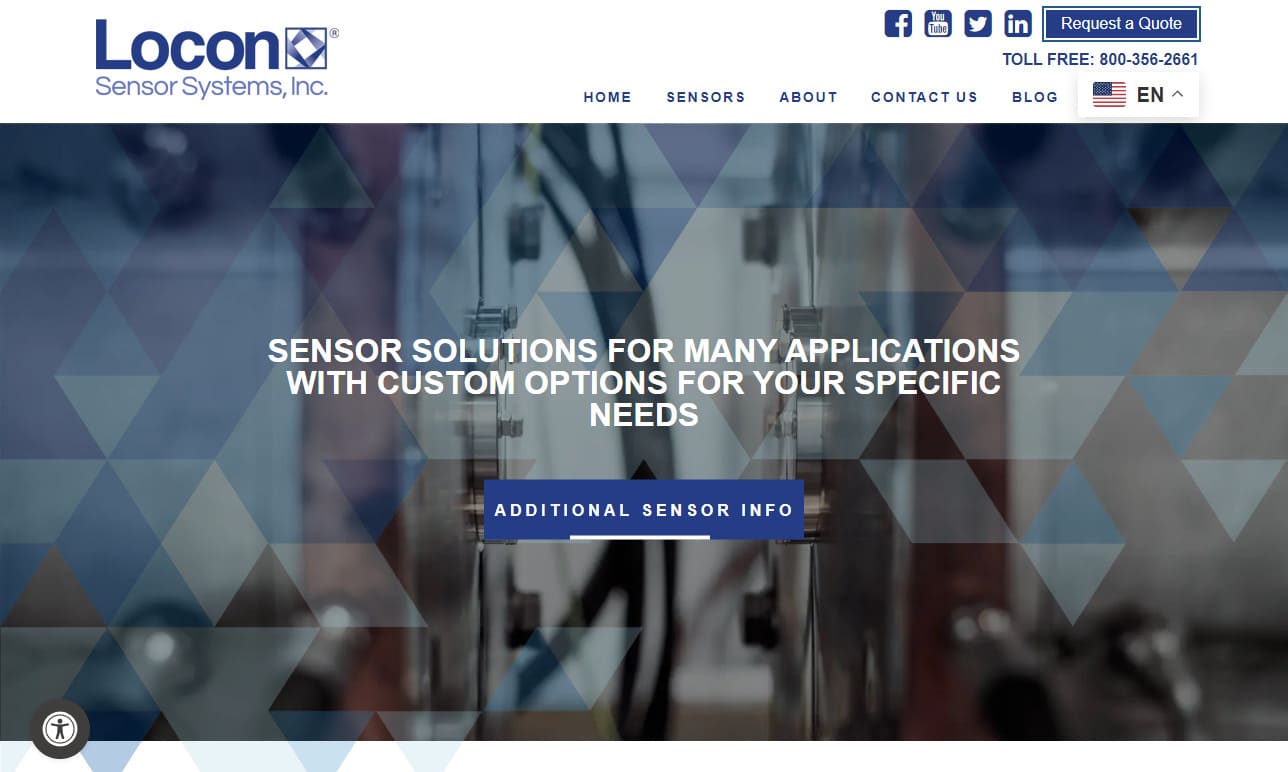
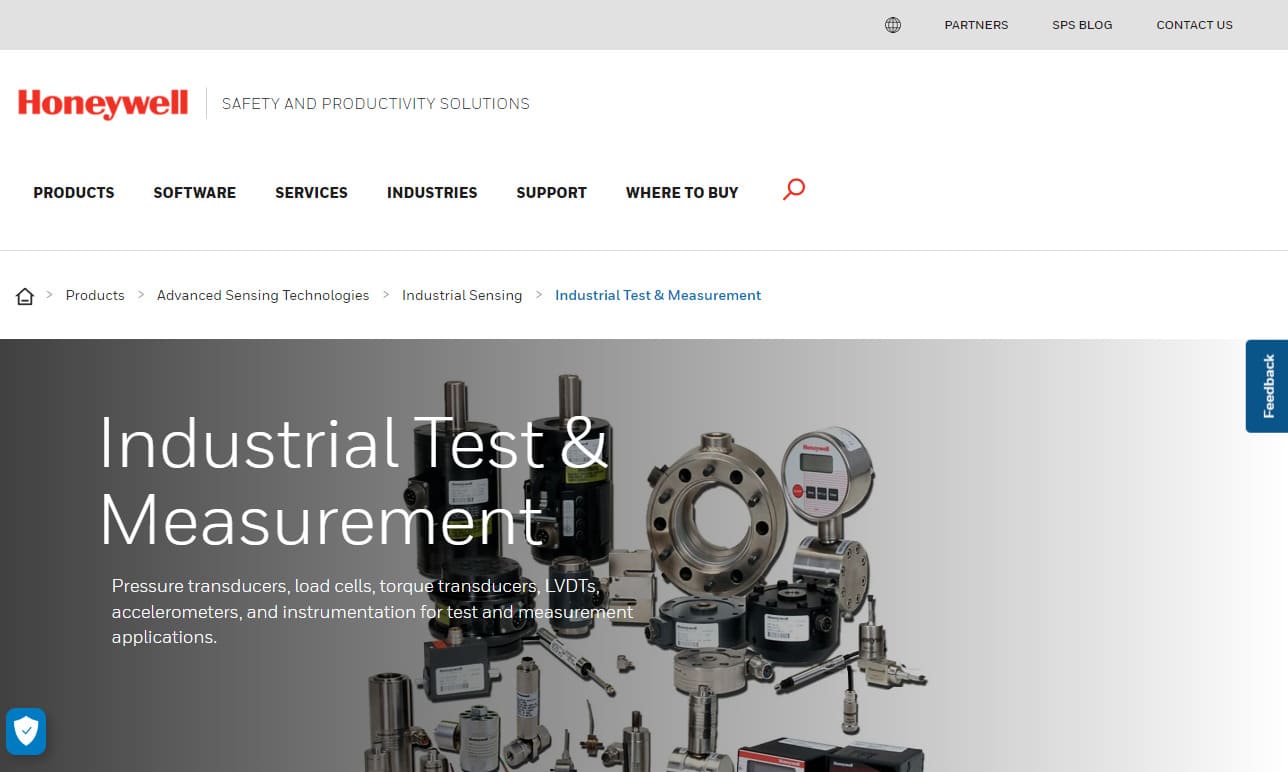

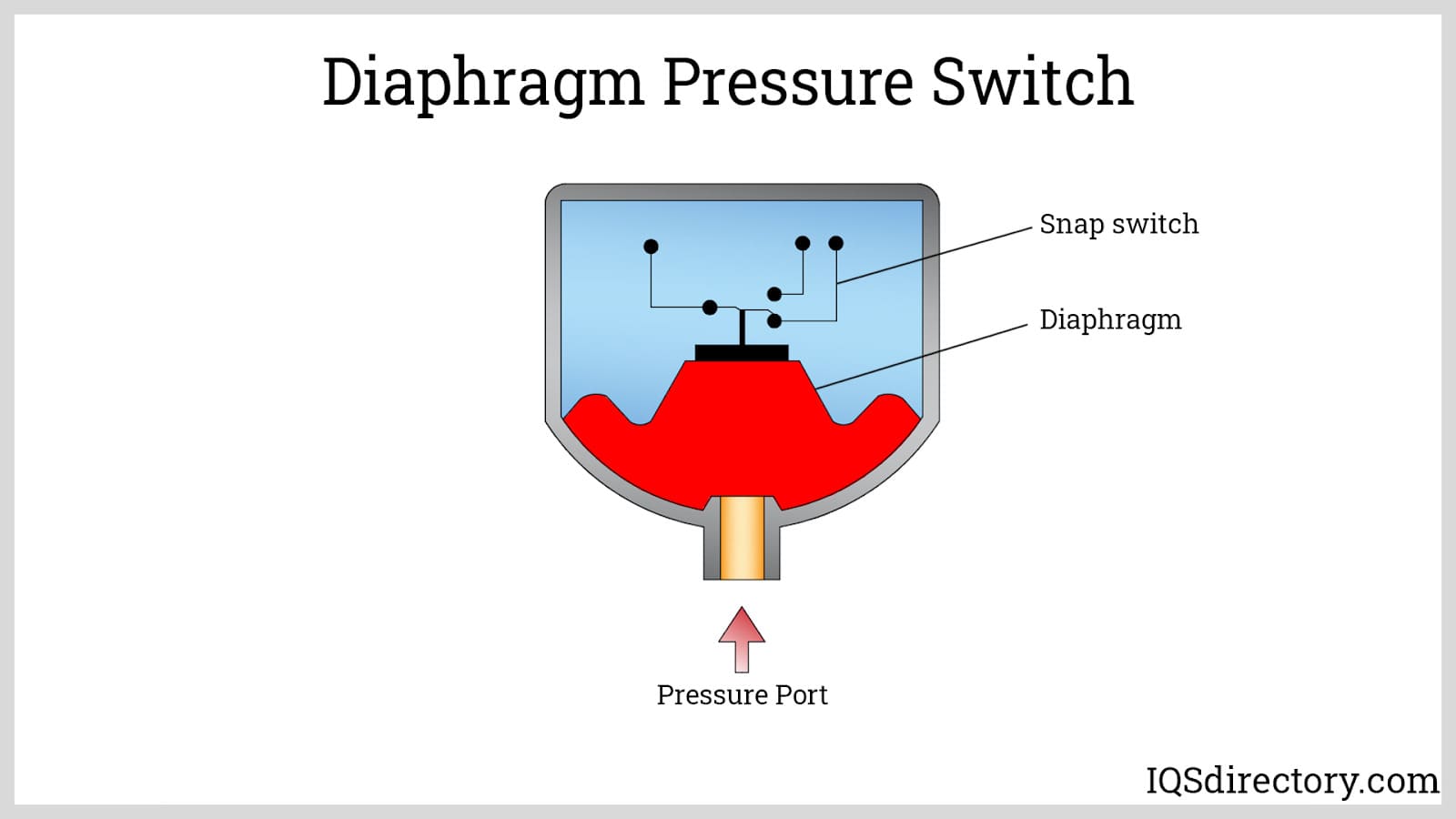
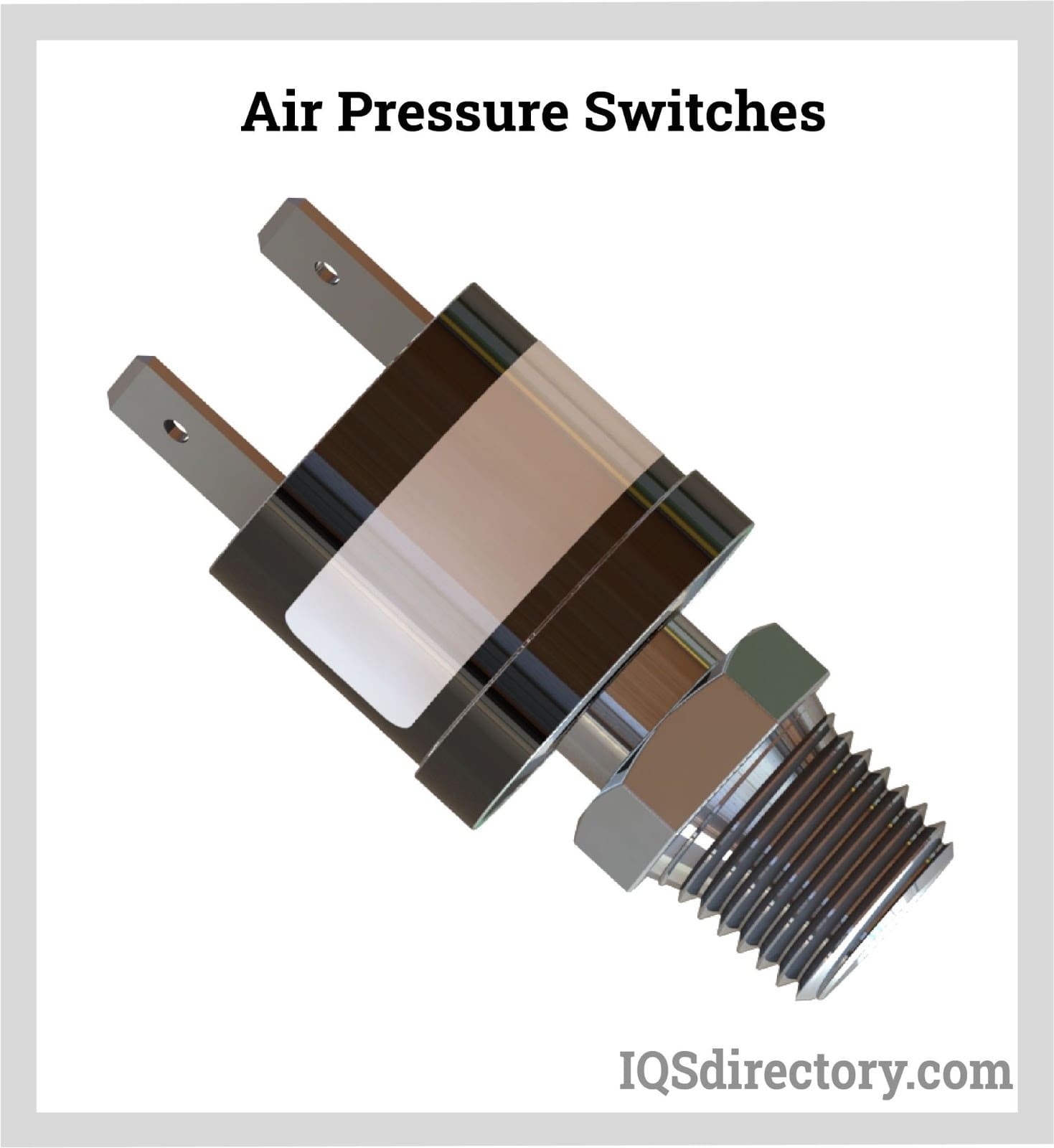
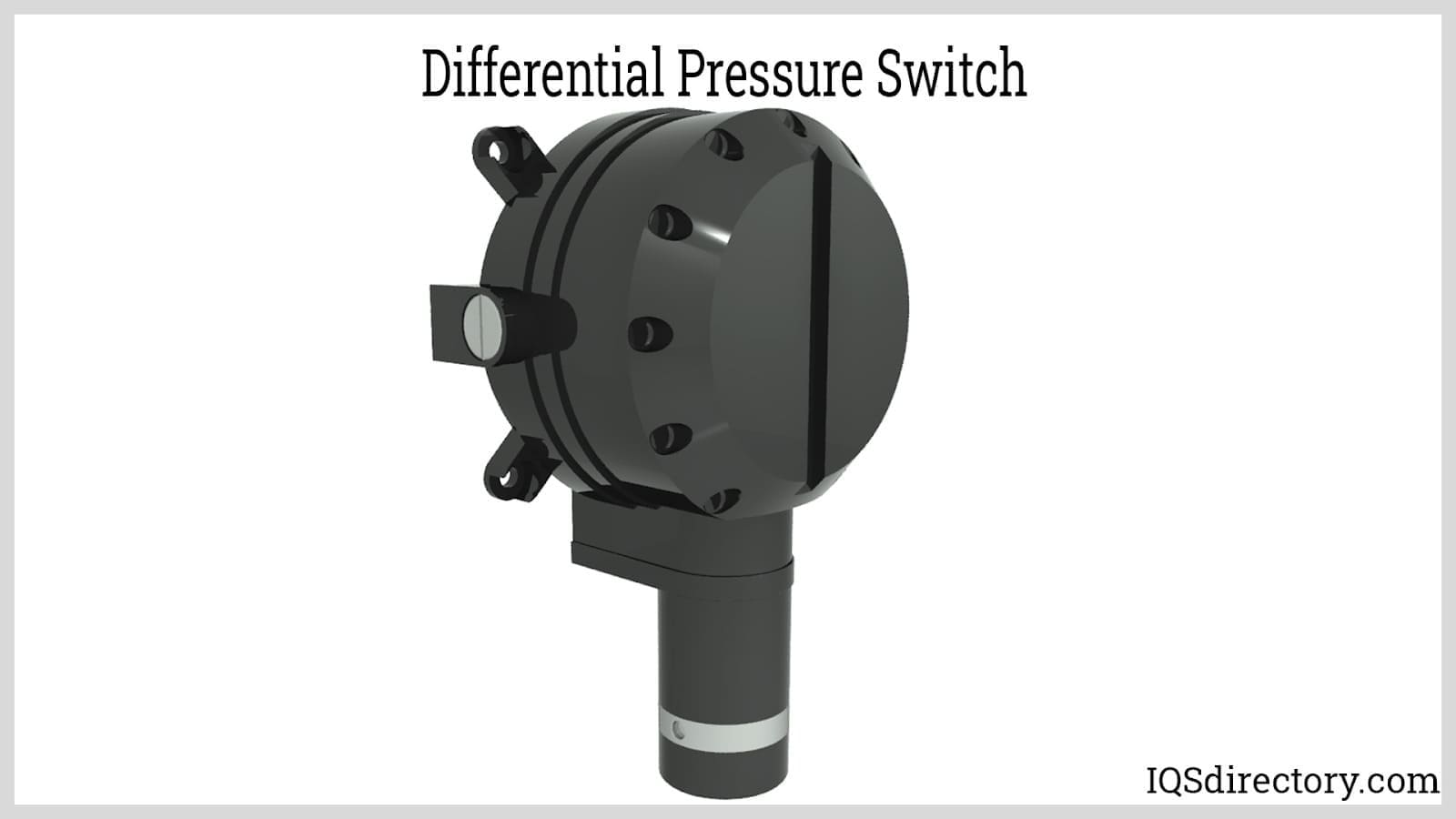
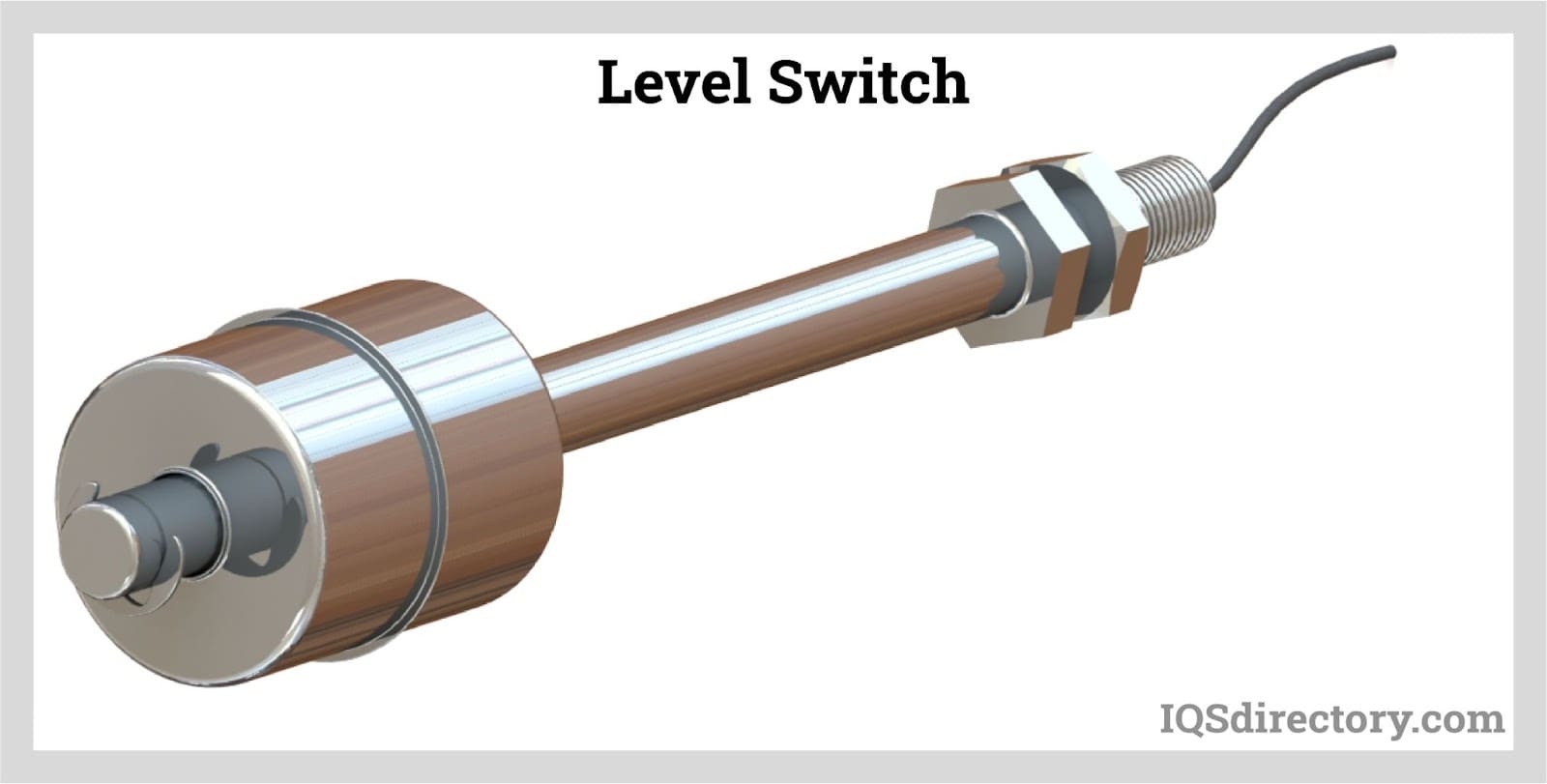
 Flow Meters
Flow Meters Leak Detectors
Leak Detectors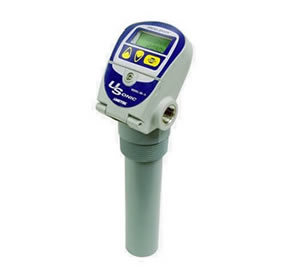 Level Switches
Level Switches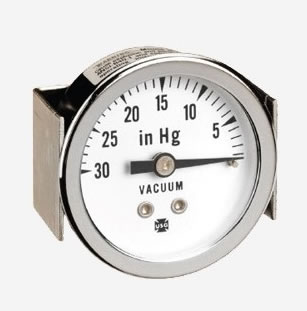 Pressure Gauges
Pressure Gauges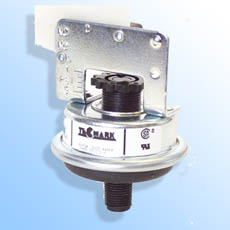 Pressure Switches
Pressure Switches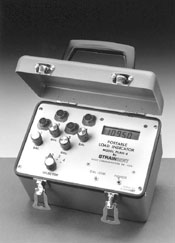 Pressure Transducers
Pressure Transducers Castings & Forgings
Castings & Forgings Bulk Material Handling
Bulk Material Handling Electrical & Electronic Components
Electrical & Electronic Components Flow Instrumentation
Flow Instrumentation Hardware
Hardware Material Handling Equipment
Material Handling Equipment Metal Cutting Services
Metal Cutting Services Metal Forming Services
Metal Forming Services Metal Suppliers
Metal Suppliers Motion Control Products
Motion Control Products Plant & Facility Equipment
Plant & Facility Equipment Plant & Facility Supplies
Plant & Facility Supplies Plastic Molding Processes
Plastic Molding Processes Pumps & Valves
Pumps & Valves Recycling Equipment
Recycling Equipment Rubber Products & Services
Rubber Products & Services